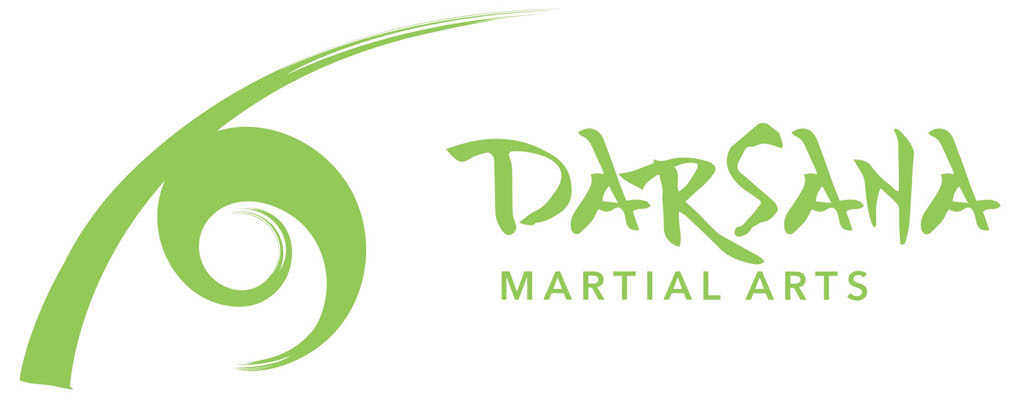Zhan Zhuang, or standing post, is an ancient practice that “internal” martial artists use as a means to achieve a wuji state. In other words, one can achieve a neutral and centered state in which the yin and yang aspects within ones body and mind become balanced in stillness, and from which one is prepared to move and act according to the taiji principle, that is, to move and act in total harmony with both one’s internal workings and the external forces with which one comes into contact.The essence of the physical aspect of tai chi practice is fluid energy transference, and the primary energy one must transfer is gravity. The sensation of gravity is that it presses, or pulls, down on our bodies – a constant pressure which can lead to chronic issues in the joints if not handled properly. So our first step in dealing with gravity is architectural. In other words, we set our postures in such a way as to offer the most structural support possible by stacking our bones in alignment with gravity’s vertical pull. Once we’ve positioned ourselves so, we can begin the next step – a process often referred to by practitioners of internal arts, such as tai chi, as “softening,” or fan song. This process is attempting not only to have a supportive structure, but to make of one’s body a conduit for gravity, allowing it to pass from head to foot without obstruction or leak. This is done by a constant process of subtle adjustments in which obstructions created by tension are relaxed away, and leaks created by misalignments are lined up with gravity’s downward flow.
The eventual result is a state of body in which we have a completely supportive structure that allows gravity to transfer from head to foot without the slightest sensation of pressure in the body and which then bounces off the ground and right back up through the soles of the feet and out the tips of the fingers. This is the essence of internal power, or jin.
In taijiquan, one of the three primary internal martial arts of China, there are four main methods of directing internal power, Peng, An, Liu, and Ji.
Peng jin is the energy that results from being a perfect conduit for gravity, allowing it to pass down from head to foot and back up again. That “back up again” is peng, used to “uproot” one’s opponent. An jin, can be described as the initial “sinking” from head to foot, simply directed through a contact point with one’s opponent and into a structurally weak place in his body. Liu jin, a pulling energy, then is also the “sink,” simply directed backward from a contact point with an opponent toward your center and down. Ji jin, a pushing energy, is the same as peng, just directed outward. So there are really only two forces, which makes perfect sense, since the entirety of Taoist martial arts is based upon the concept that all things are manifestations of yin and yang. A better way to put it may be to say that there are two ways of generating internal force/power: the sinking from head to foot, and the springing upward energy that moves from foot to hands. With the addition of cansujin (silk-reeling power) – the circling and spiraling of those energies through the body – the basic down/in of gravity and up/out of gravity’s rebound can be directed to nearly infinite variations.
A good analogy for the way in which zhan zhuang practice supports the development of internal power would be to compare it to blood vessels. Blood vessels are more than passive tubes through which blood transfers; they have muscle walls that help guide the blood along. In much the same way, zhan zhuang practice makes us a conduit through which gravity transfers, up and down via the architecture of our bones and joints, and our muscles – guided by our intent – gently help this force along and redirect it in all manner of directions, just like the muscles in our blood vessels help carry blood throughout the body.
